Jama Masjid Mosque
Exploring India’s largest mosque
Standing proudly on a 10-metre-high plinth in Old Delhi, the Jama Masjid represents the pinnacle of Mughal architectural excellence.
Built between 1644 and 1656 under Emperor Shah Jahan’s direction, this magnificent mosque was constructed from distinctive red sandstone and white marble, featuring three striking domes and two towering minarets that reach 41 metres into the Delhi skyline.
A journey through time: From Mughal era to modern day
The construction of Jama Masjid marked a significant period in Delhi’s history. Shah Jahan commissioned this grand mosque as part of his new capital, Shahjahanabad. The project involved 5,000 craftspeople from various backgrounds, including Indians, Arabs, Persians, Turks, and Europeans, creating a truly multicultural architectural masterpiece.
During British rule, the Jama Masjid faced numerous challenges. Following the 1857 uprising, the British seized control of the mosque, temporarily using it as barracks. The mosque returned to the Muslim community in 1862, receiving support from various Islamic rulers for maintenance and repairs.
The cultural and religious significance
The Jama Masjid serves as Delhi’s primary mosque, accommodating up to 25,000 people during prayers. The mosque’s significance extends beyond its religious function, playing a crucial role in the social fabric of Old Delhi.
Throughout history, the mosque has been a centre for both religious and social gatherings. Its sprawling courtyard has witnessed countless festivals, particularly during Eid celebrations, bringing the community together in shared spiritual experiences.
Notable events and historical moments
The mosque has been witness to several significant events. In 1947, during India’s partition, freedom fighter Abul Kalam Azad delivered a memorable speech from its pulpit, encouraging unity and peace. The mosque continues to be a symbol of cultural heritage and religious harmony.
Today, the Jama Masjid faces ongoing preservation challenges. Despite its historical significance, renovation projects have faced administrative hurdles since the early 2000s. The mosque requires regular maintenance to preserve its architectural splendour for future generations.

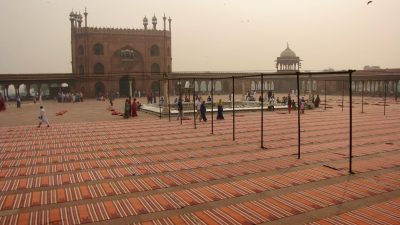
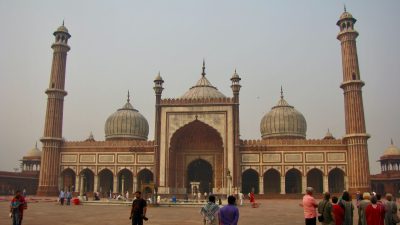

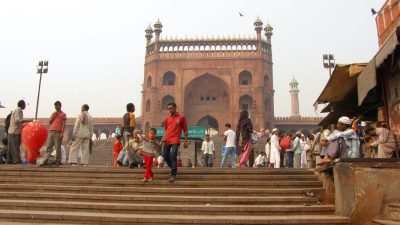

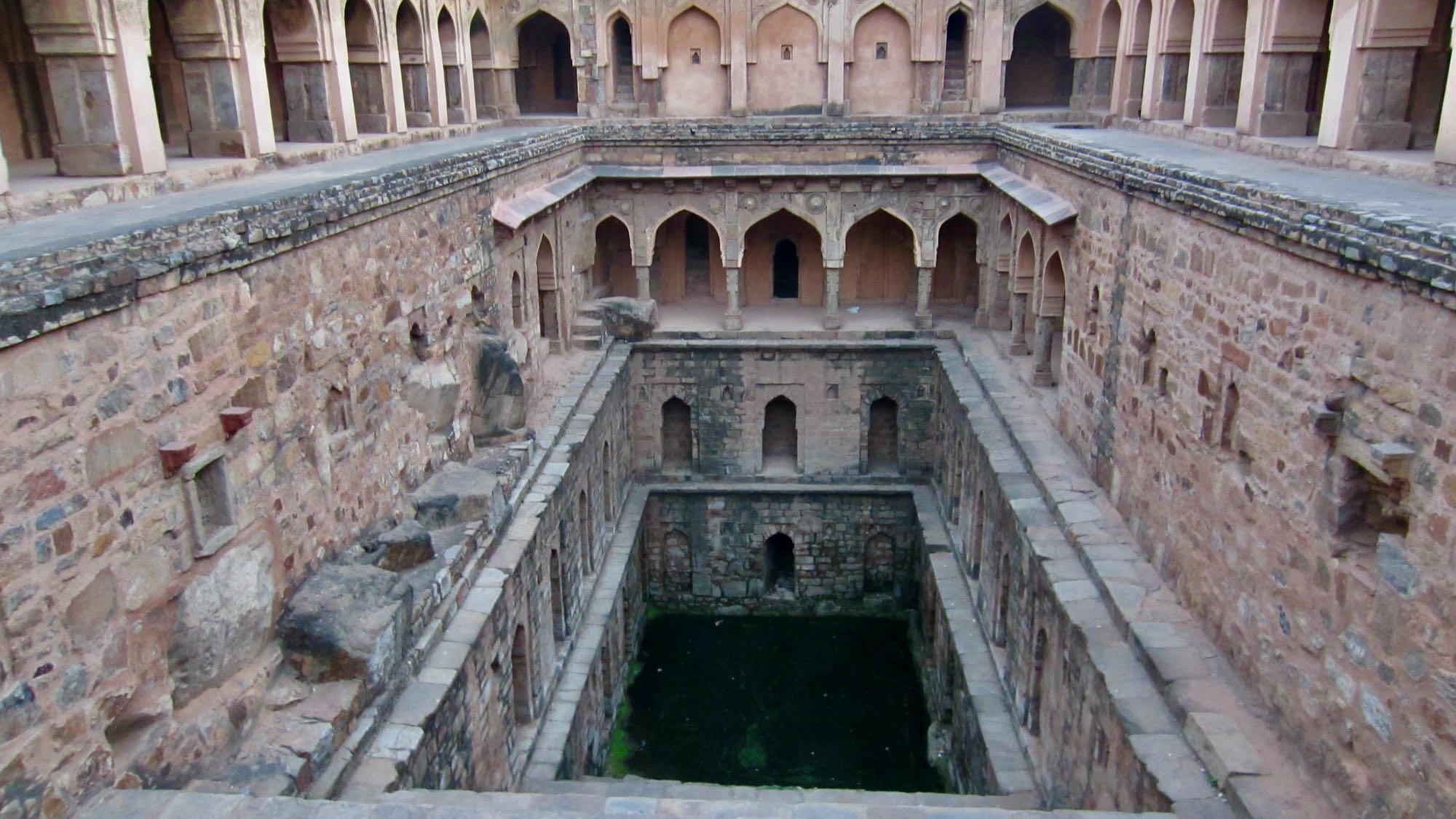
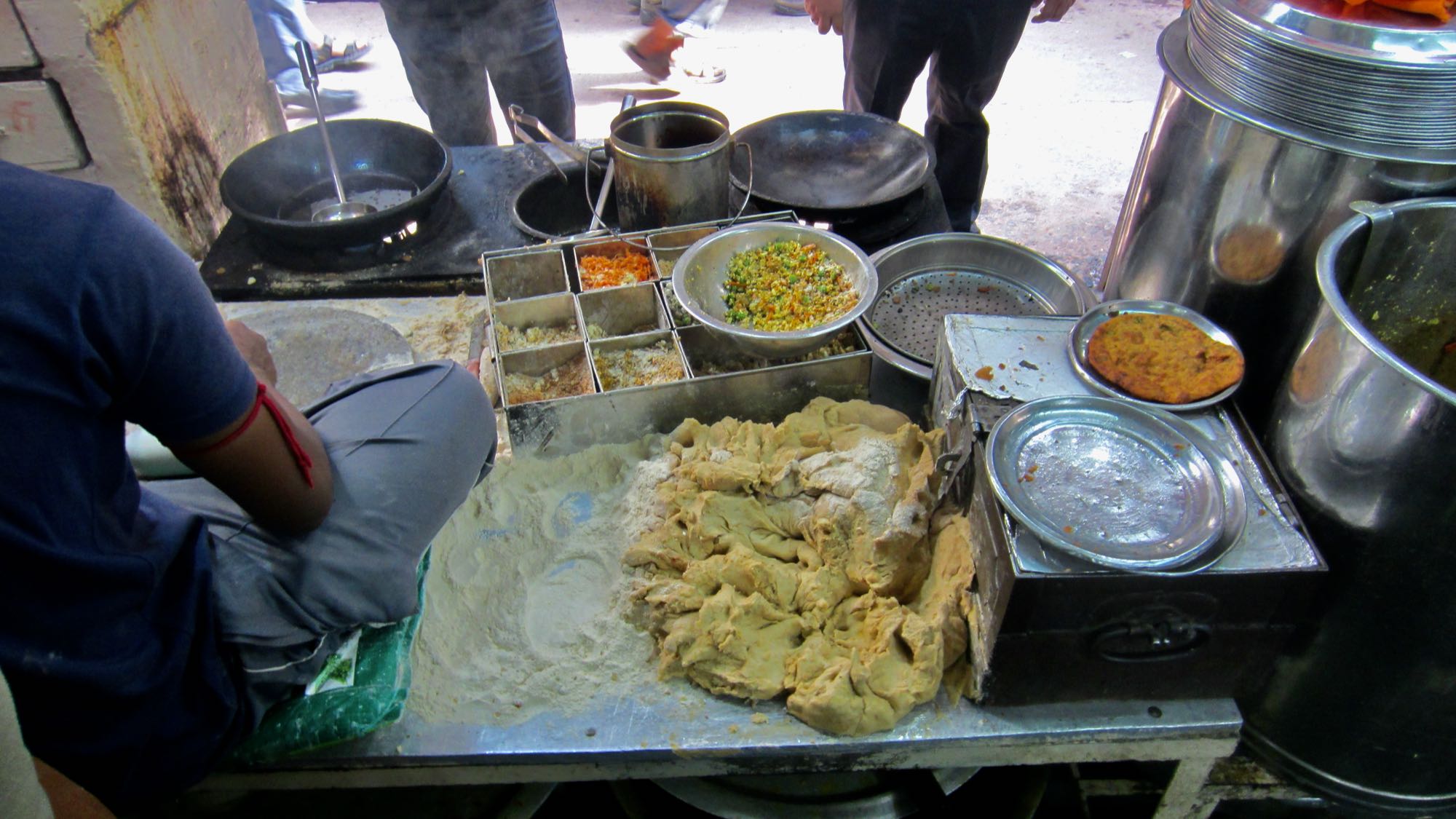
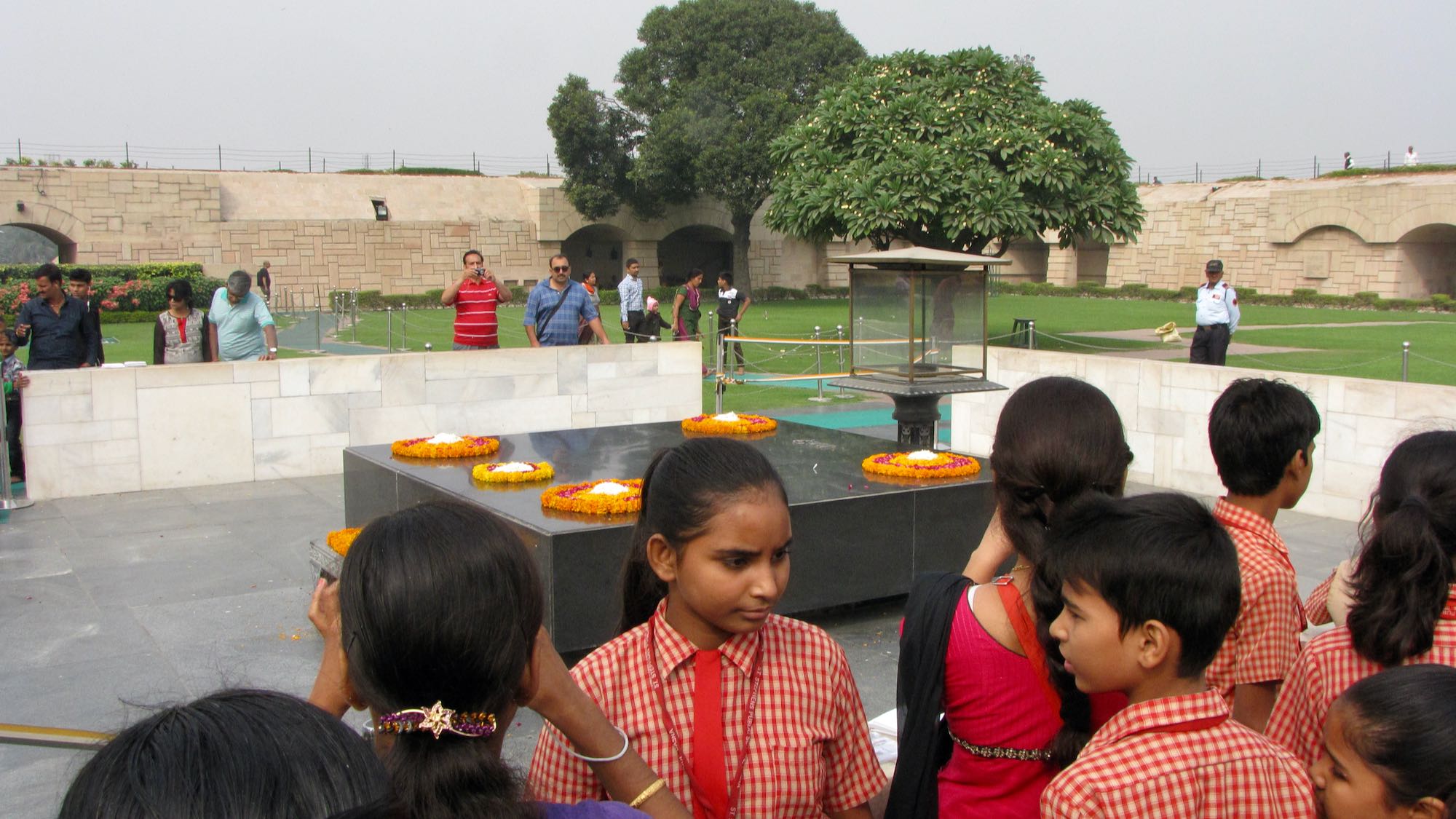
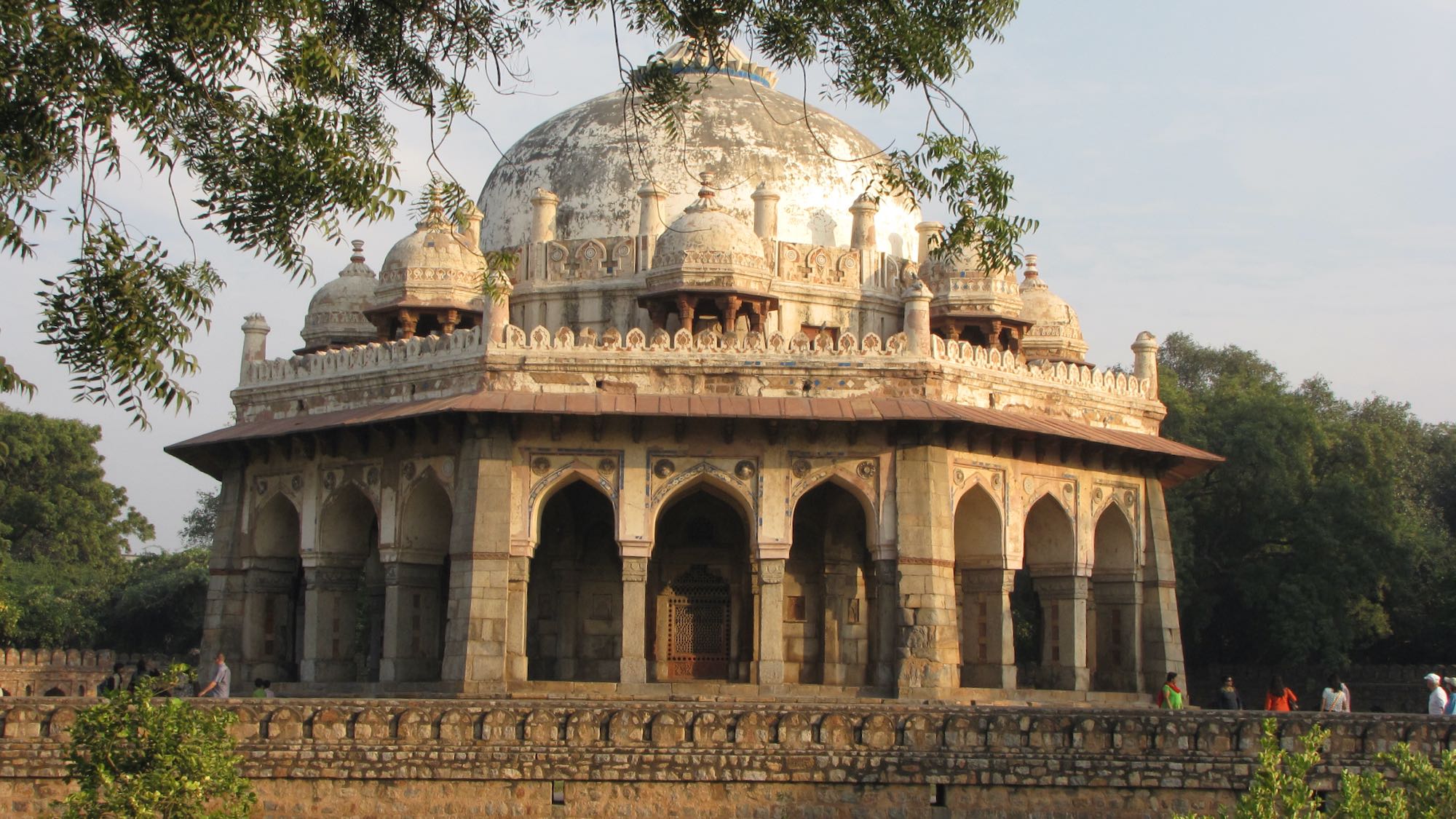

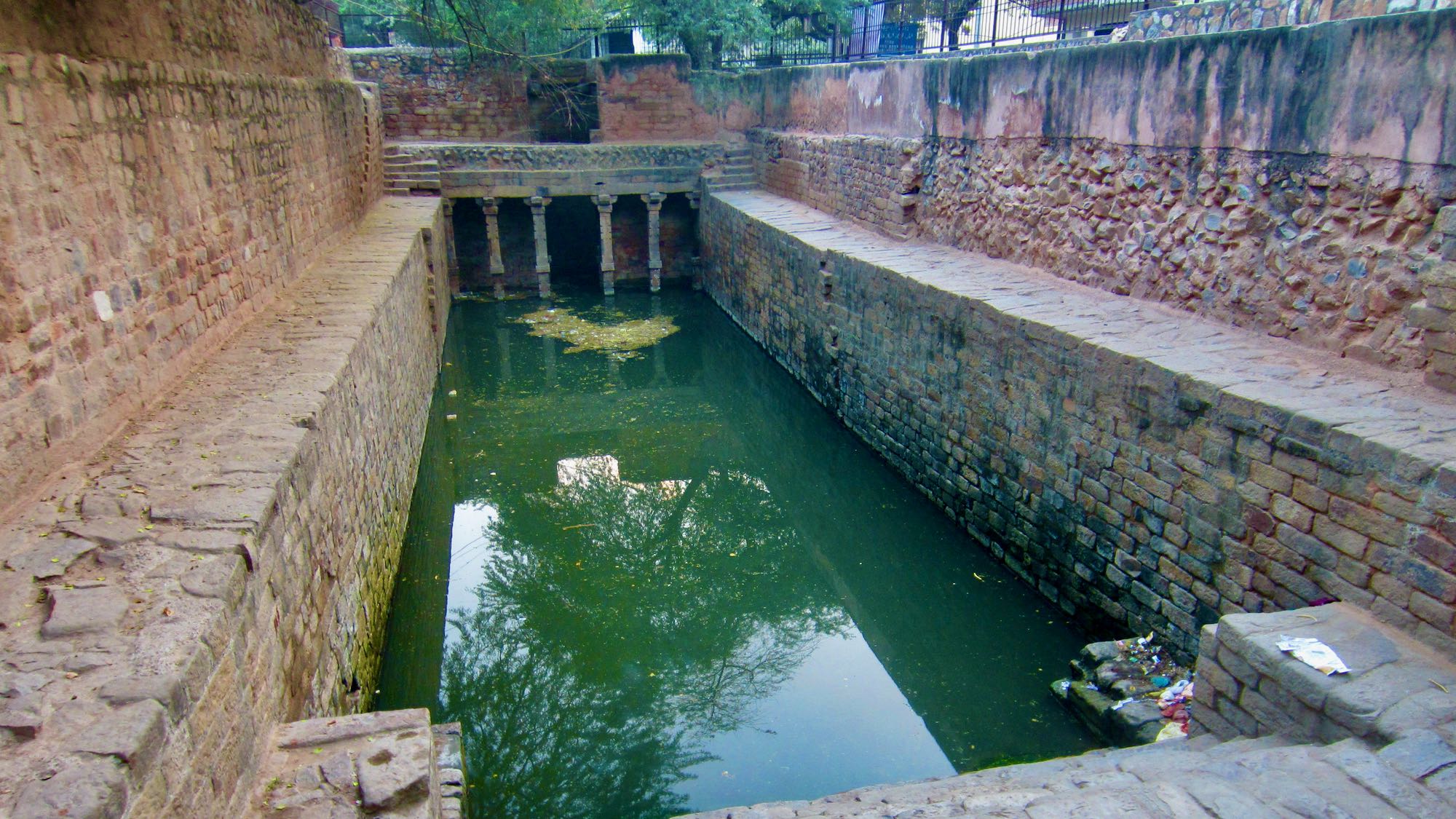
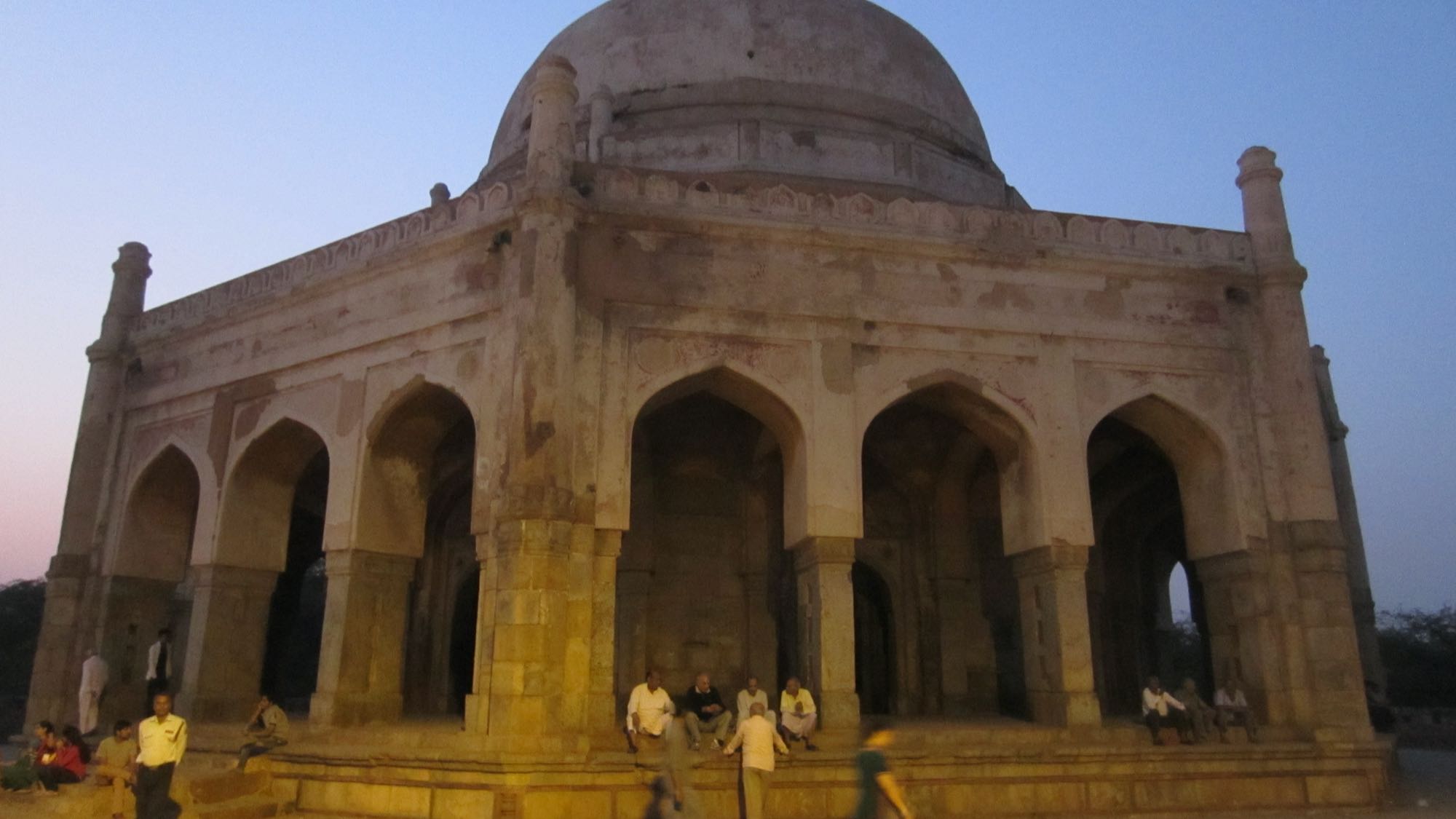

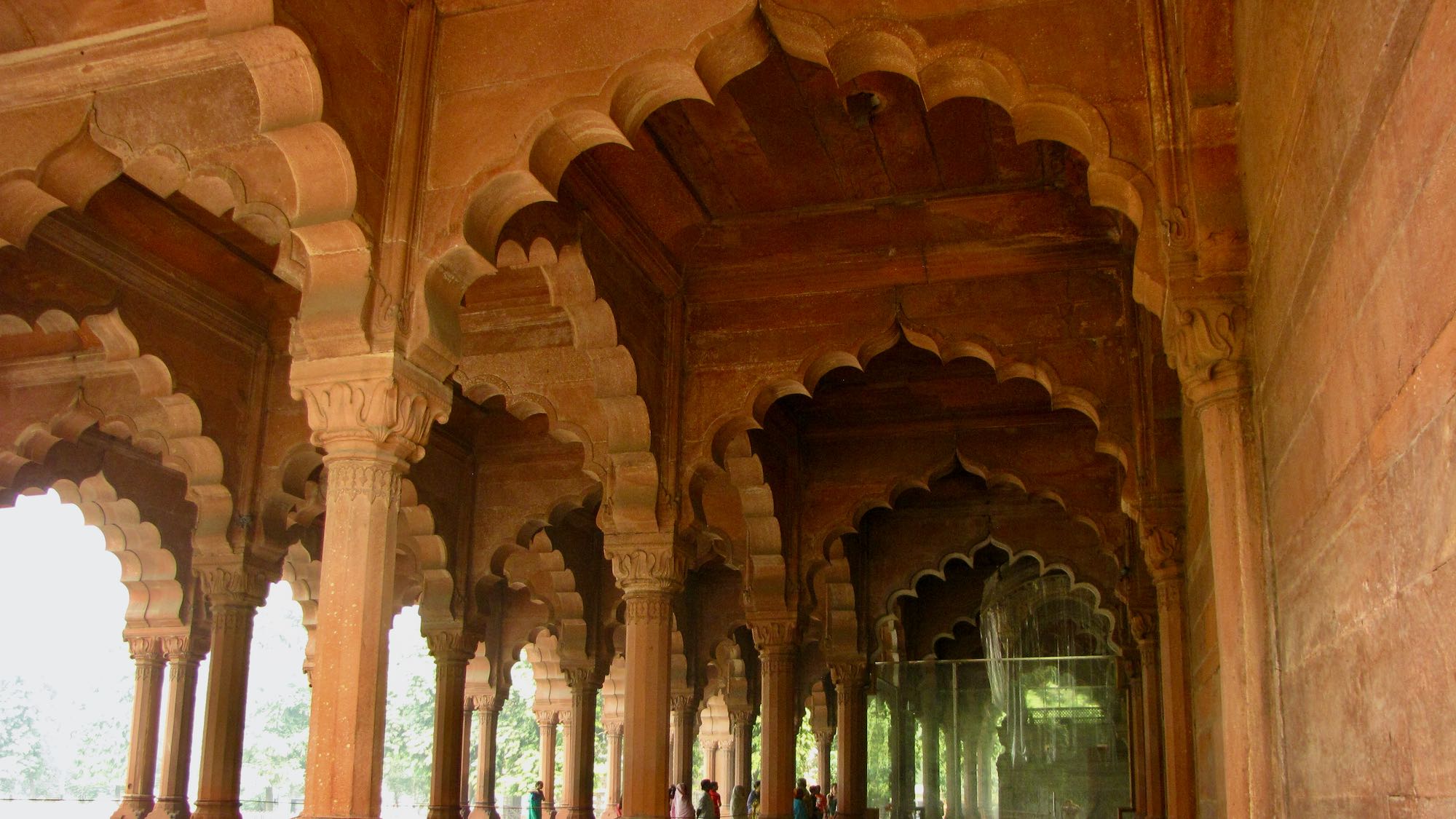

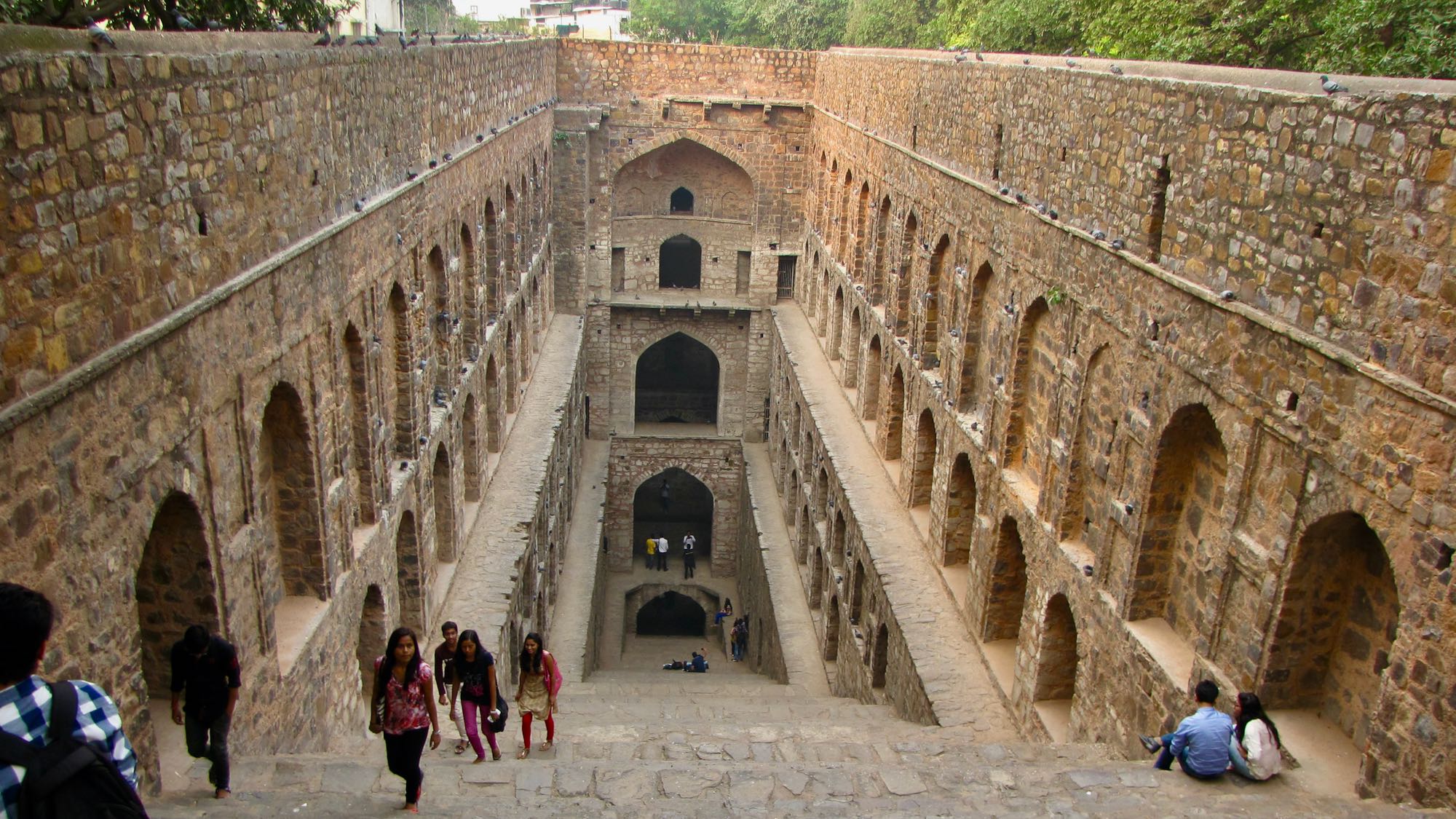
Leave A Comment